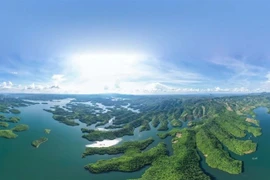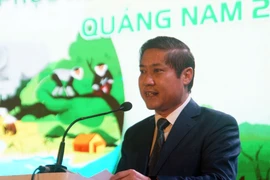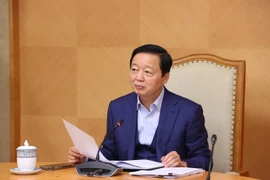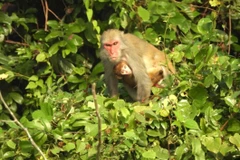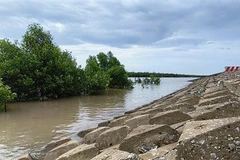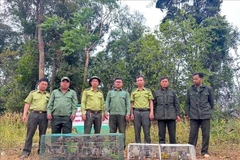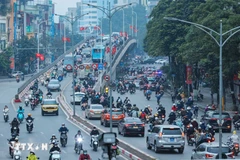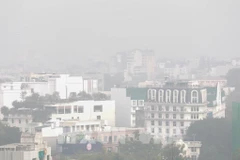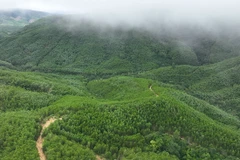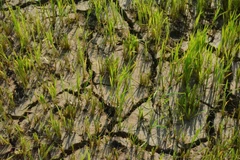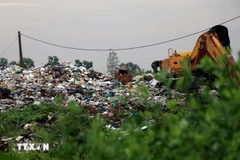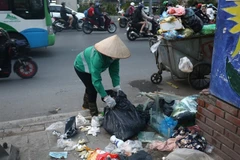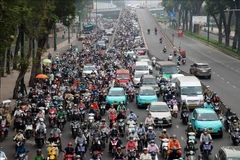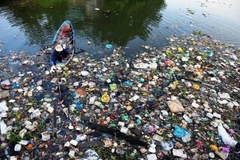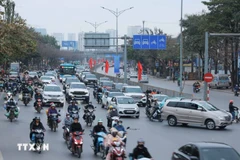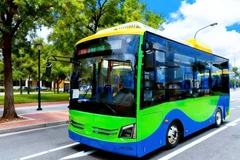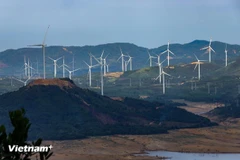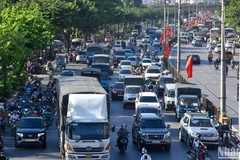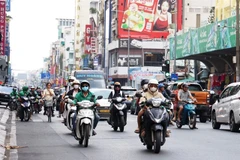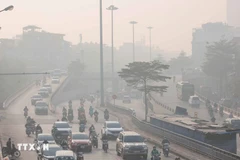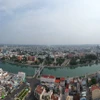Hanoi (VNA) – This year’s International Day for Biological Diversity (May 22) is themed “Harmony with Nature and Sustainable Development”, calling on countries around the world to boost efforts in concurrently implementing both the Kunming-Montreal Global Biodiversity Framework (GBF) and the United Nations 2030 Agenda for Sustainable Development.
The theme underscores the need to strike a balance between economic growth and nature conservation, highlighting that sustainable development is only achievable when humanity lives in harmony with the natural world. It calls for a fundamental shift in development approaches, from the exploitative use of natural resources to the integration of nature-based solutions in national and global strategies.
Vietnam is among the 16 countries with the richest biodiversity in the world. However, it is also home to many species that are on the brink of extinction. In recent years, the government has taken proactive measures to safeguard biodiversity, notably through the development and implementation of the National Strategy on Biodiversity to 2030, with a vision to 2050.
On-the-ground conservation initiatives have gained momentum nationwide, with local authorities launching various programmes to protect endangered species. As a result, Vietnam’s network of natural protected areas has been expanded, and degraded ecosystems are showing signs of recovery. Noteworthy achievements also include the discovery of rare species in the wild, the recovery of threatened populations, and the commercial farming of high-value species such as Ngoc Linh ginseng (Panax vietnamensis), Anh Vu fish (Semilabeo notabilis), and ca ho (Catlocarpio siamensis).
Strong international commitments
Vietnam has demonstrated strong commitment to international efforts on biodiversity conservation. It is a signatory to several key global agreements, including the UNESCO Convention for the Protection of the World Cultural and Natural Heritage (1987), the Ramsar Convention on Wetlands of International Importance (1989), the Convention on Biological Diversity (1994), and the Convention on International Trade in Endangered Species of Wild Fauna and Flora (CITES).
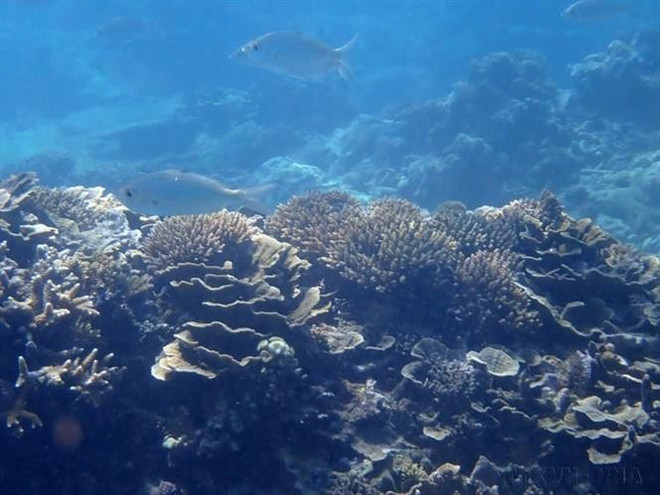
At the UN Biodiversity Conference (COP15) in Montreal in late 2022, Vietnam joined more than 190 countries in adopting the GBF, a global roadmap guiding conservation efforts through 2030 with a long-term vision to 2050. Vietnam has pledged to work closely with international partners to meet the framework's ambitious targets.
The National Strategy on Biodiversity to 2030 encourages the active participation of non-governmental organisations, businesses, and local communities, paving the way for greater private sector involvement in biodiversity conservation.
To mark the International Day for Biological Diversity 2025, the Ministry of Agriculture and Environment (MAE) has issued guidance encouraging agencies and communities to carry out practical activities in support of biodiversity. The ministry is urging stronger public communication, the integration of biodiversity education into school curricula, and the recognition of individuals and organisations with effective conservation models and initiatives.
Key efforts include the continued implementation of the National Strategy on Biodiversity to 2030, with a vision to 2050, and the National Biodiversity Conservation Plan for the 2021–2030 period, aiming to ensure the conservation and sustainable use of biodiversity in alignment with green economy principles and climate resilience. Other moves include fairly and reasonably sharing benefits from genetic resources, strengthening cooperation with domestic and international partners to mobilise financial support for conservation, and promoting sustainable livelihoods for local communities.
The ministry also emphasises the application of science and technology to developing conservation models, sustainable use of genetic resource, and biodiversity monitoring. It highlights the importance of cross-border collaboration with neighboring countries in combating illegal wildlife trade and sharing best practices.
As biodiversity faces mounting challenges, the MAE calls on every individual to raise awareness, act responsibly, and live in harmony with all species in the ecosystem, contributing to a healthy planet for future generations./.

